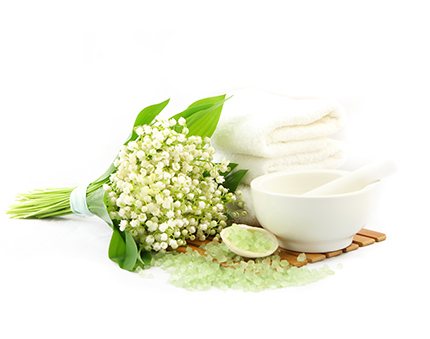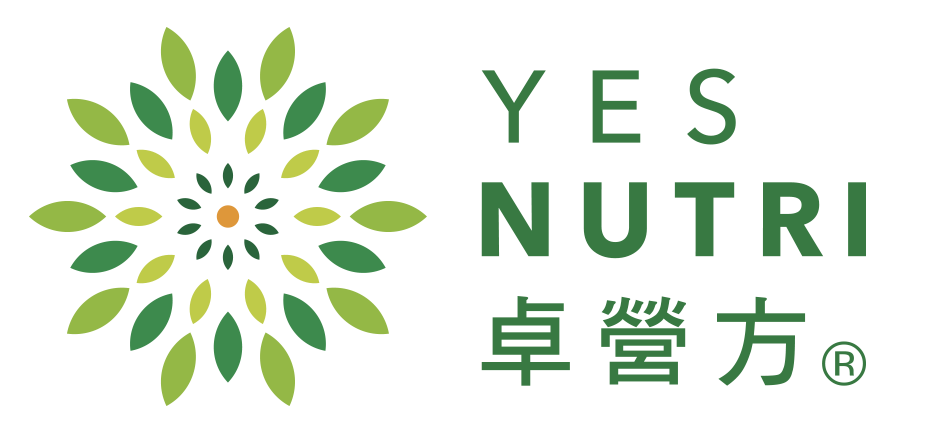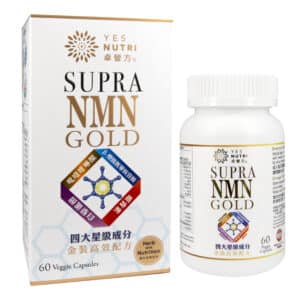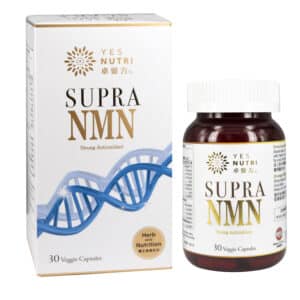Encyclopedia of nutrition

ENCYCLOPEDIA NATURAL INGREDIENTS
Milk Thistle
Milk thistle is a kind of herbaceous plant grown in the Mediterranean area with pink and long thorny flower. Milk thistle, a widely used herb, is used as a prescription medicine in Europe. It is used to regulate the health of the liver. It is one of the few multifunctional medicinal herbs.
BILBERRY
Bilberry belongs to a primarily Eurasian species of low-growing shrubs commonly found in Europe, America and Canadian Rocky Mountains. It is of the same family as cranberry and is widely used for medical purposes.
COLOSTRUM
Bovine colostrum is a common source of colostrum products. It is derived from the first milk produced by cows during the few days after giving birth. It contains nutrients that are similar to the components found in human colostrum.
SPIRULINA
Spirulina is a spiral-shaped blue-green algae that grows in alkaline lakes. It originated in tropical regions such as Mexico and Africa and consumed by the Aztecs in Mexico for centuries. It was discovered by French scientists in 1960, and further research revealed its high nutritional values, providing nutrients for the human body.
ECHINACEA
Echinacea, also known as purple coneflower. It is named as it has a cone-shaped center. Native American not only consumed Echinacea to fight infections but also applied it topically to treat snake and insect bites as well as toothaches. Even today, Echinacea is still popular in Europe and America, mainly used to alleviate symptoms associated with colds and flu.
RED YEAST RICE
Red yeast rice, is a rice fermented with Monascus spp., resulting in a deep red color. It also promotes blood circulation by accelerating the removal of waste from blood vessels, thereby maintaining cardiovascular health.
Pyrroloquinoline quinone
Pyrroloquinoline quinone (PQQ) is a compound produced by soil bacteria (methylotrophic bacteria), assisting in degradation of organic substances to provide energy. Both plants and animals are unable to synthesize PQQ on their own, but plants can absorb PQQ through the soil. Therefore, humans can consume PQQ by eating fruits and vegetables.
ROYAL JELLY
Royal jelly is a milky and nutritious secretion of honey bee that is used in feeding of larvae, as well as adult queens. It contains protein, carbohydrates, fatty acids, vitamins and enzymes.
OMEGA 3
Omega-3 fatty acid is a polyunsaturated fatty acid commonly found in deep sea fish. Omega-3 is particularly beneficial for cardiovascular health, brain development, eye and joints health.ALA, EPA and DHA are the Omega-3 fatty acid that people are familiar with. ALA is derived from plant, EPA and DHA are derived from deep sea fish.
SQUALENE
Squalene was first discovered naturally existing in the liver of deep-sea shark in 1906. It plays an important role in providing large amount of oxygen to body cells. This allows large deep-sea sharks to have strong vitality surviving in the environment with low oxygen content. Squalene is also found in human sebum and certain plants, such as olives and sugar cane.
ASTAXANTHIN
Astaxanthin is a naturally occurring red carotenoid. It was first discovered in lobsters by a German chemist in 1938. Astaxanthin is not exclusive to shrimp but is also found in various marine organisms such as crabs, salmon, etc., which acquire the pigment by consuming algae, resulting in their red coloration.
MATTOKINASE
Natto is a Japanese health food made from soybeans fermented with Bacillus subtilis Natto. It is believed as one of the Japanese secrets to longevity.
PROPOLIS
Propolis is a resinous substance made by honeybees by collecting plant resins and nectar and mixing them with saliva. Propolis has antibacterial and preservative properties. Bees use it to build and repair their hives, protecting the honeycomb from harmful substances.
RESVERATROL
Resveratrol is a polyphenolic compound that was first discovered in the roots of Veratrum grandiflorum in 1939. Resveratrol is a potent antioxidant that protects cells from damage caused by free radicals.



